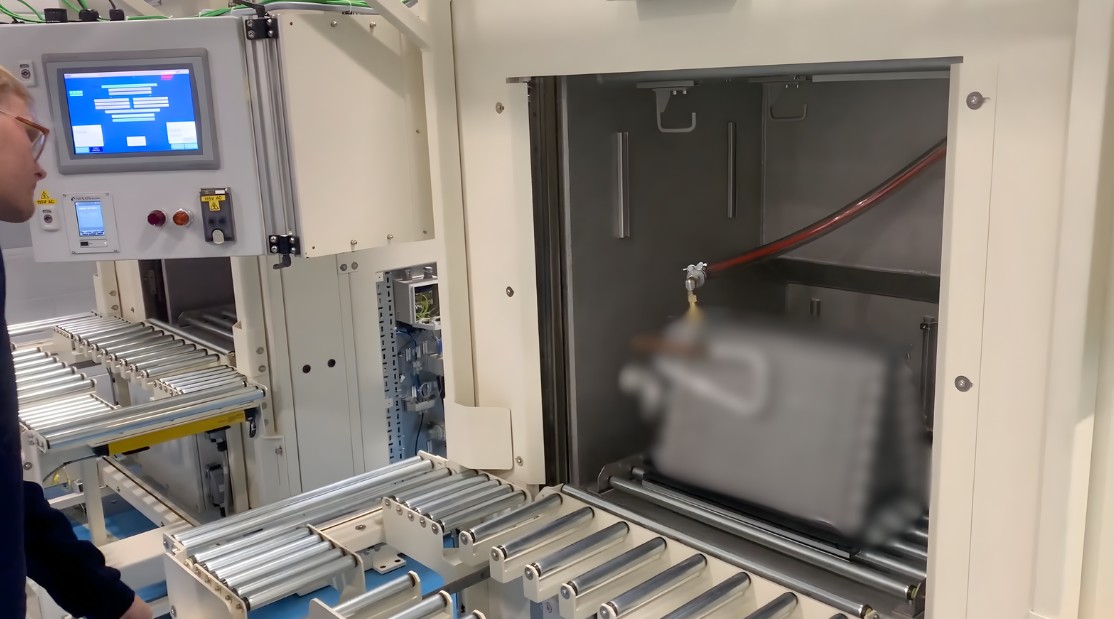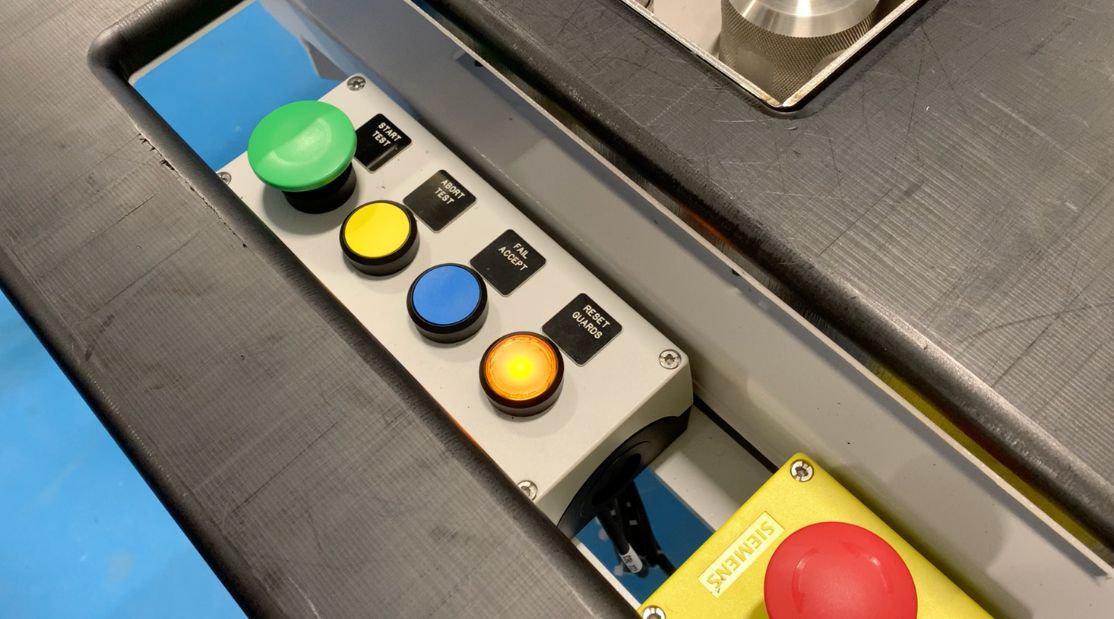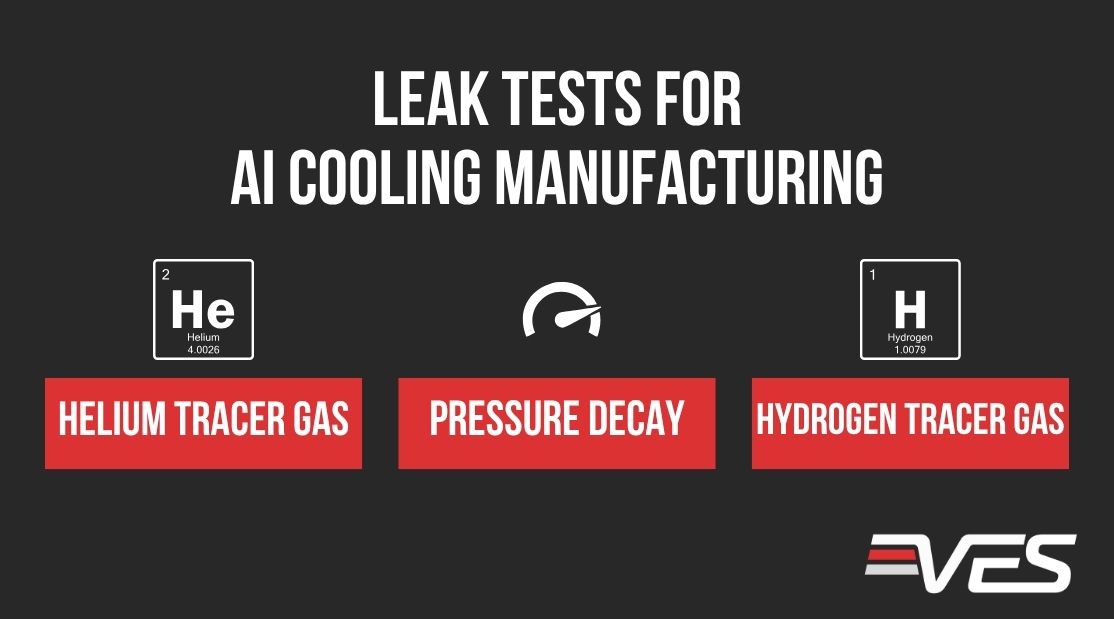In today’s AI era, data centre cooling systems are under more stress than ever before. As racks consume ever more power, the thermals produced by GPUs, NPUs, and other accelerators push conventional cooling strategies to their limits. The shift to liquid cooling, direct-to-chip architectures, and dense rack power densities has introduced a new vulnerability: even microscopic leaks in cooling loops can cause catastrophic system failures, unplanned downtime, and reputational damage. In this environment, ultra-sensitive helium leak detection is no longer optional; it is a mission-critical assurance for manufacturing.
The AI Heat Challenge & Shift to Liquid Cooling
AI workloads are driving a steep rise in power and heat density in data centres. According to industry analysts, AI-related infrastructure is increasing heat loads in data halls, forcing operators to rethink cooling paradigms (e.g. transitioning from air cooling to hybrid or liquid methods). TechRadar recently highlighted that traditional air cooling is becoming insufficient, and that for rack densities of 20–40 kW per cabinet, only liquid cooling can reliably handle the thermal load.
With liquid cooling, coolant is circulated through cold plates, manifolds, pump loops, and heat exchangers. These systems are complex, pressurised, and composed of many joins, welds, and fittings. A microscopic leak, undetectable by standard methods, can slowly degrade performance, cause coolant loss, or, in worst-case scenarios, infiltrate electronics, resulting in shorts or damage.
To ensure operational reliability, every cooling component (cold plate, manifold, coils, tubing, valve, and connector) must be verified to extremely low leak rates before deployment.
The Cost of Missed Micro-Leaks
What happens if a leak slips through QC and fails in the field? The consequences are severe:
- Downtime and Computation Loss: AI clusters are mission critical. A fault in a coolant loop can cascade, requiring evacuation, rework, or even replacement of entire racks. The financial loss of downtime in hyperscale facilities easily runs into hundreds of thousands to millions per hour.
- Damage to Hardware: Leaked coolant (especially dielectric fluids) can seep into server electronics and cause short circuits, component failure, or corrosion over time.
- Warranty & Reputation Risk: For OEMs and component suppliers, a high-profile failure at a cloud provider or hyperscale operator can permanently damage reputation and expose them to warranty claims.
- Refrigerant / Coolant Loss & Environmental Cost: Some cooling fluids are expensive or regulated. A leak may result in direct financial loss, compliance risk, or the need to top up and requalify systems.
Reports confirm real-world incidents highlight the gravity of leaks. A leak in a Paris data centre water loop triggered a fire and forced full site shutdown, as coolant penetrated electrical rooms. That single incident underscores the cascading risk of a “small” leak.
Given these stakes, many leading data centre cooling suppliers now view leak testing not as a cost but as insurance.
Why Traditional Methods Are Insufficient
Many manufacturers still rely on pressure decay, bubble tests, or coarse tracer gas sniffing in their QC. These methods may detect gross leaks, but they lack the sensitivity and precision needed for modern high-density cooling systems.
- Pressure decay tests struggle to detect micro leaks (e.g. 10⁻⁹ to 10⁻¹² scale) because small flows are masked by system volume, elasticity, or drift.
- Hydrogen sniffing is cheaper and safer than pure helium in some contexts, but in practice, its molecular size and noise floor make it less reliable for extremely fine leaks.
- Bubble testing is manual, slow, and only useful for visibly leaking joints, not micro-leaks.
In contrast, a VES helium mass spectrometer leak detector can reliably measure in the 10⁻¹² mbar·L/s range, giving orders of magnitude more margin. The background helium suppression, vacuum accumulation methods, and robust calibration allow detection of leaks that other methods would miss. In fact, helium testing is the accepted gold standard in many high-reliability industries when micro-leaks must be prevented.
What Manufacturers Must Do
To meet the reliability demands of AI cooling, manufacturing of cooling components should adopt the following best practices:
- 100% Helium Leak Testing of Critical Components
Cold plates, manifolds, heat exchangers, valves, connectors, and even tubing sections should undergo helium leak detection (vacuum or sniffer mode) during production. - Set Leak Rate Margins Below Spec
Rather than testing at exactly the acceptable limit, aim to detect leaks an order of magnitude below to provide a safety margin. - Automate & Integrate into Production Lines
Use automated fixtures, robotic sniff arms, multiplexed test channels, and inline test integration to minimise cycle time. - Control Background & Calibration Rigorously
Helium background (i.e. residual helium in facility air or system plumbing) must be suppressed. Frequent calibration checks and internal references help ensure long-term stability. - Trend & Monitor
Capturing leak rate data longitudinally allows trend analysis, drift detection, and early identification of process issues before a wave of defects occur. - Design for Testability
When designing cooling components, include ports, purge paths, and fixtures suitable for vacuum testing; avoid blind cavities that are hard to evacuate.
Wrapping Up
As AI continues to push the boundaries of compute density, data centre cooling systems will become ever more complex and critical. The risk posed by micro-leaks is now too great to leave to chance. By embedding helium leak detection into your QA roadmap, you protect both product reliability and brand reputation. In many ways, the safety, uptime and trust of your cooling systems depend more on your leak tester than on the water pump.




